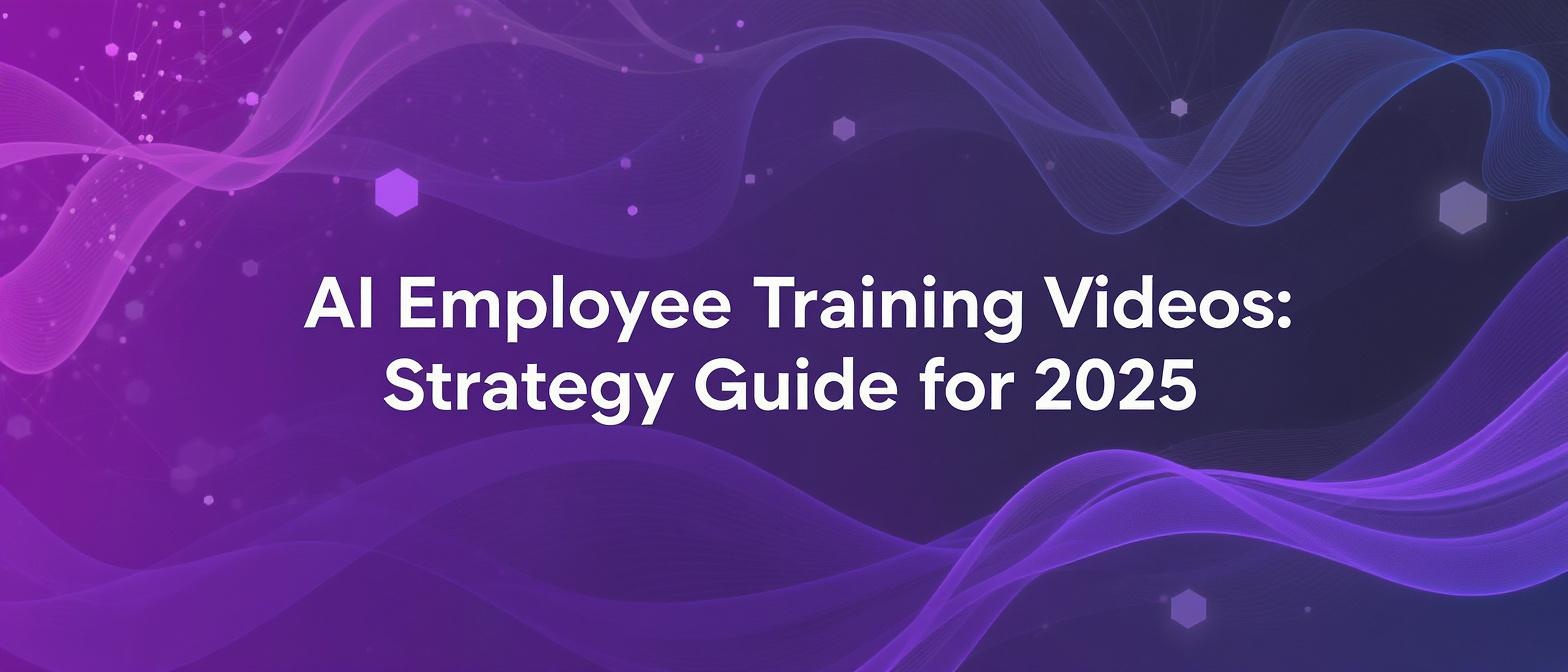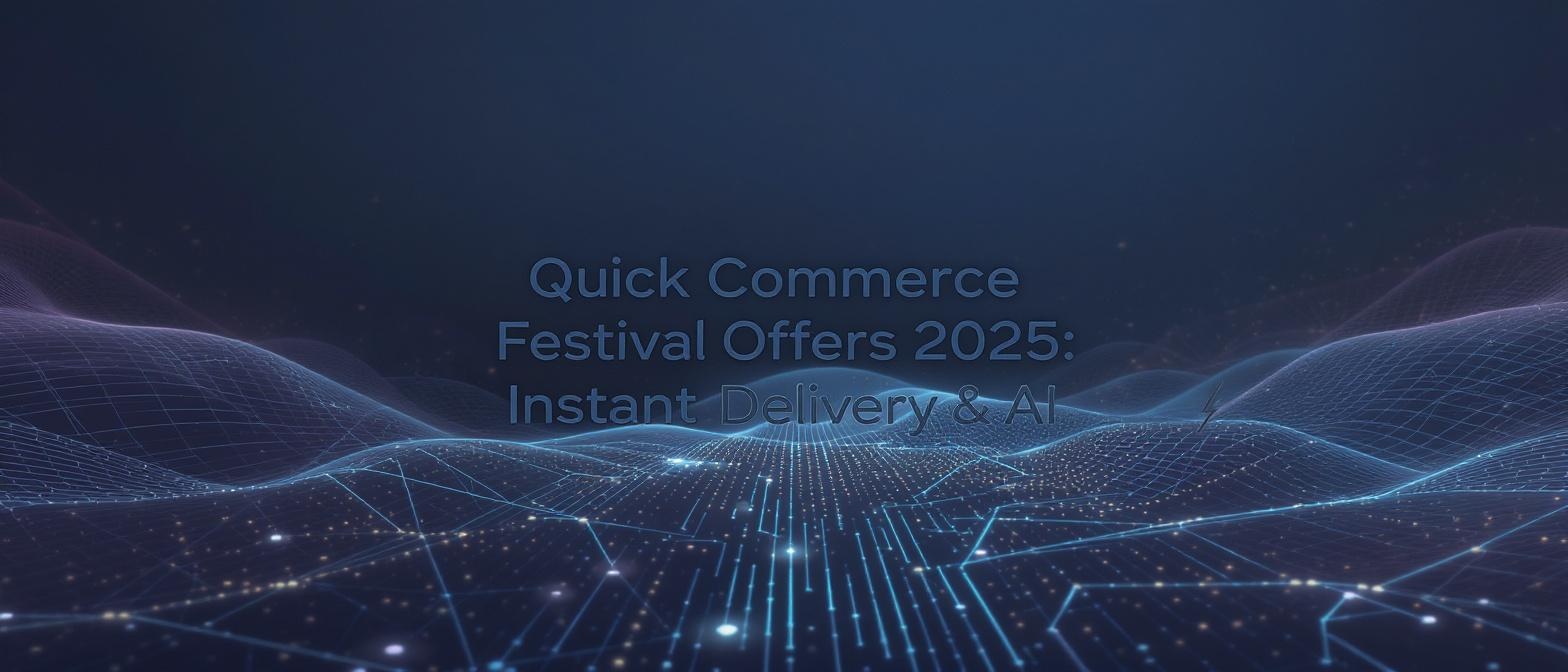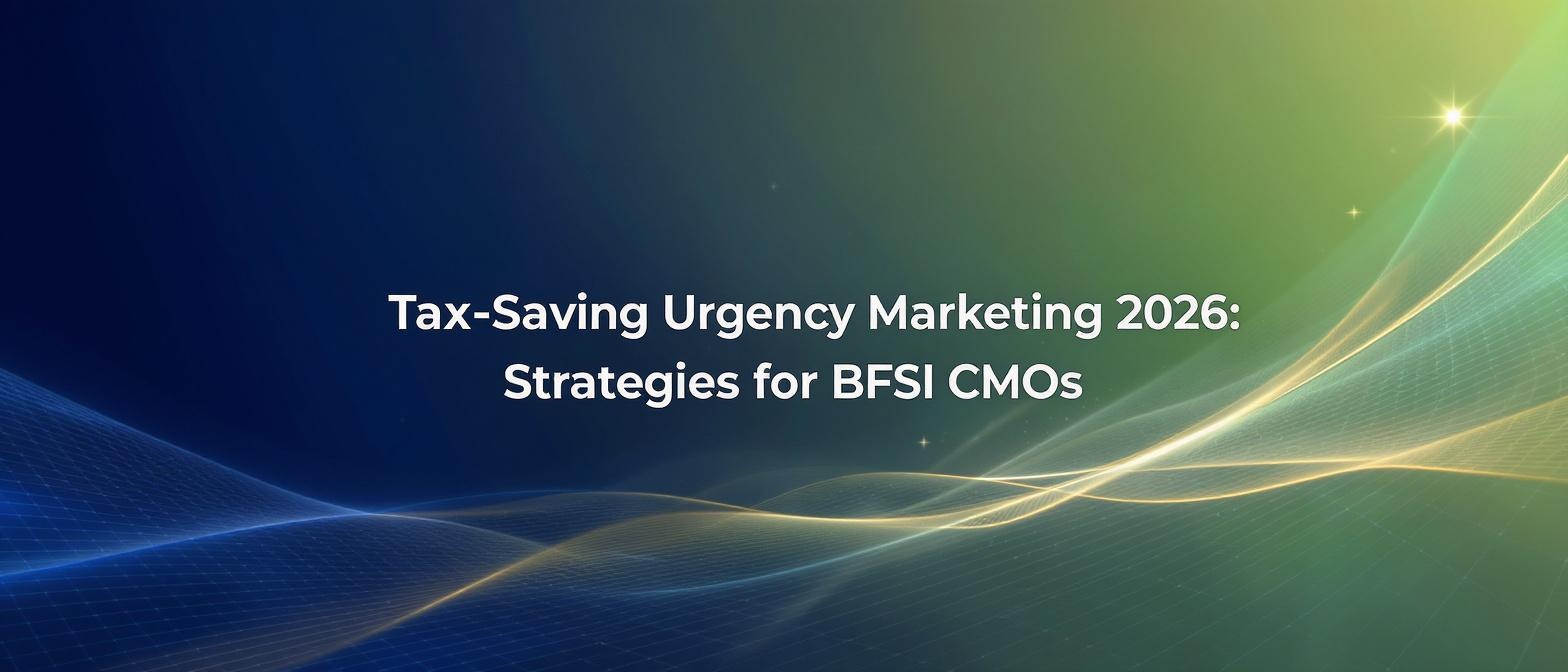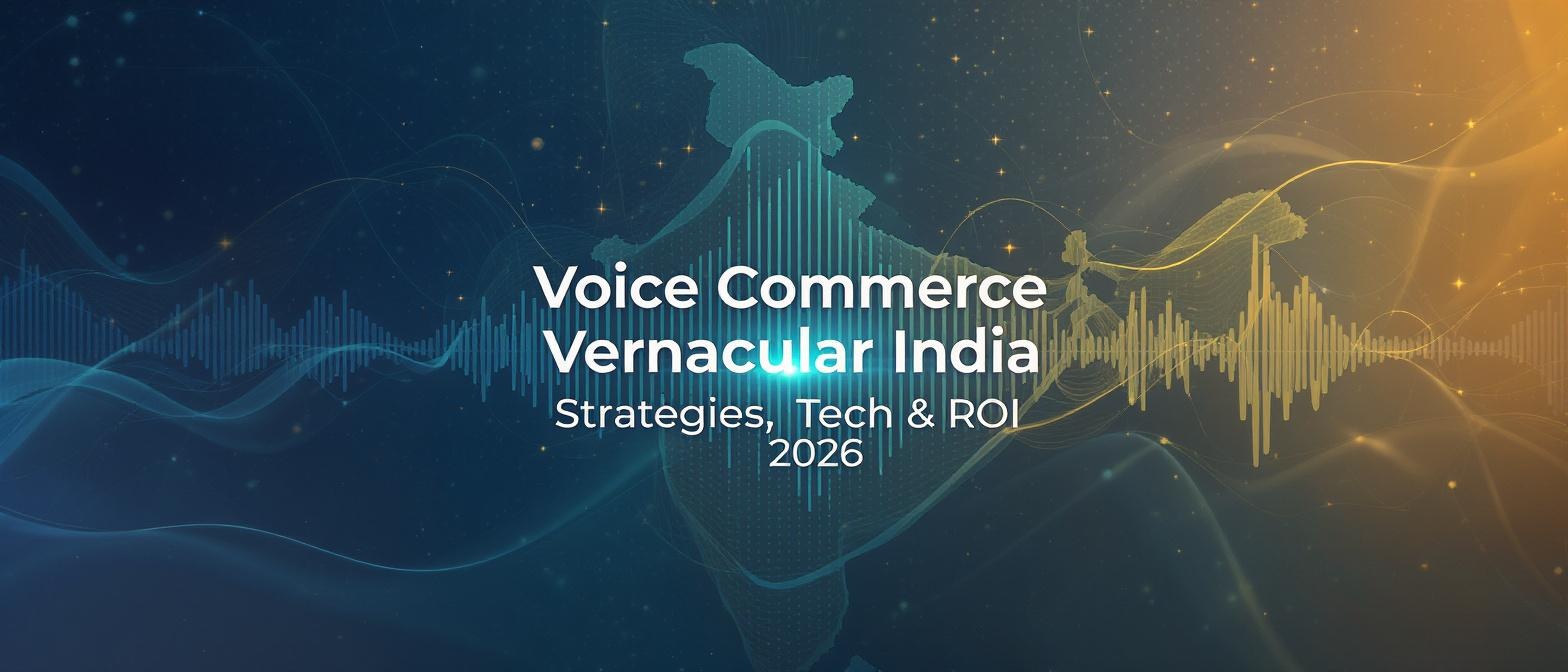Beyond Automation: Why AI Video Is the Key to Unlocking Human Potential in Employee Training
Estimated reading time: 11 minutes
Key Takeaways
- AI-driven training videos enable hyper-personalized learning experiences at scale.
- Ethical implementation and brand integrity are essential for long-term success.
- Advanced analytics and feedback loops drive continuous improvement in learning outcomes.
- Future trends point to AI-powered mentorship and predictive skill analytics.
The global corporate training market is on a trajectory of massive growth, projected to expand by $43.86 billion between 2025 and 2029. Yet, despite this investment, many organizations struggle with outdated, one-size-fits-all training modules that fail to engage employees or develop critical skills. The real problem isn't just the cost or time of traditional video production; it's the missed opportunity to build a more agile, skilled, and motivated workforce. While many discussions focus on basic automation, the true revolution in AI video creation for employee training lies in its ability to deliver hyper-personalized, scalable, and strategically aligned learning experiences.
This article moves beyond a simple list of benefits. We will explore a strategic framework for leveraging AI in your learning and development (L&D) programs. We'll dissect how to move from passive content consumption to active skill acquisition, address the critical (and often overlooked) aspects of ethical implementation, and provide a clear model for measuring your return on investment. Prepare to rethink employee training not as a cost center, but as a powerful engine for growth and competitive advantage. For a deeper dive into why video is such a powerful medium, explore this study on video learning effectiveness.
Reimagining the Challenge: From Training Mandates to Strategic Imperatives
For too long, corporate training has been viewed through a narrow lens of compliance and cost-containment. The result is often a library of generic videos that employees click through out of obligation, not inspiration. This approach is failing. In today's dynamic business environment, the real challenge isn't just delivering training—it's closing critical skill gaps, retaining top talent, and fostering a culture of continuous learning. The stakes are higher than ever.
The data paints a clear picture. According to a recent industry report, companies with engaged and well-trained employees are 21% more profitable. Conversely, a lack of career development opportunities is a primary driver of employee turnover. The challenge, therefore, isn't simply to "train more," but to "train smarter." This requires a fundamental shift from mass-produced content to experiences that are relevant, timely, and personal. Furthermore, with viewers retaining 95% of a video's message compared to just 10% from text, the medium is undeniably powerful. The strategic imperative is to harness that power with the intelligence and scale that only AI can provide, transforming training from a passive mandate into an active driver of business outcomes. Learn more about the future of work and the importance of upskilling from sources like Forbes.
Innovation & Solutions: The Leap to Hyper-Personalization and Scale
The initial wave of AI in video creation focused on automating legacy processes—generating scripts, adding captions, or creating simple voiceovers. While useful, these are merely efficiency gains. The true innovation lies in AI's ability to unlock two transformative capabilities that were previously impossible to achieve at scale: hyper-personalization and strategic content velocity. Instead of one training video for 1,000 employees, imagine 1,000 customized video variations, each tailored to an individual's role, region, language, and skill level.
This is where the next generation of AI tools makes its mark. Platforms like Studio by TrueFan AI enable this leap by moving beyond basic automation. They offer a suite of integrated tools designed for strategic implementation. For example, a global sales team can receive a product update video where the core message is consistent, but the AI-generated host speaks in the local language, uses region-specific examples, and even references the local currency. A new hire in marketing receives a different onboarding video than a new hire in engineering, with content specifically curated for their departmental needs. This level of personalization drastically improves relevance and retention https://www.truefan.ai/blogs/ai-video-training-engagement. The technical underpinning involves sophisticated AI models that can synthesize voice, synchronize lip movements with perfect accuracy, and render these variations in minutes, not weeks, breaking the traditional trade-off between quality, speed, and customization.
Advanced Implementation: A Framework for Strategic AI Video Integration
Adopting AI for training videos requires more than just subscribing to a tool; it demands a strategic framework. Simply replacing a human presenter with a digital one misses the point. The goal is to re-engineer your entire L&D content pipeline for agility and impact. Here is a practical, four-step framework:
Step 1: Conduct a Content Intelligence Audit
Begin by analyzing your existing training materials and employee performance data. Identify the most critical skill gaps, the most frequently asked questions, and the points of highest drop-off in current training modules. Use this data to create a "priority matrix" that maps content needs to specific roles and departments. This audit forms the data-driven foundation for your AI content strategy.
Step 2: Design Your "Master Script" and Personalization Variables
For a chosen training topic (e.g., a new software rollout), create a core "master script" that contains the essential, universal information. Then, identify key variables for personalization: role-specific "what's in it for me" statements, departmental use cases, language, and even calls-to-action. This modular approach allows for mass customization.
Step 3: Leverage AI for Scaled Production
This is where advanced platforms become indispensable. With your master script and variables, you can generate hundreds of unique video versions with unprecedented speed. For global organizations, features like Studio by TrueFan AI's 175+ language support and AI avatars are game-changers. You can generate a safety protocol video in English with the "Aryan" avatar for your US team, and in the next minute, generate the same core message in German with the "Gunika" avatar for your Berlin office, both with perfect, natural-sounding lip-sync
https://www.truefan.ai/blogs/ai-video-training-integration. This ensures consistency in core messaging while maximizing local relevance.
Step 4: Implement a Feedback Loop with AI Analytics
Deploy the videos and use the analytics provided by the AI platform to measure engagement. Track completion rates, points of viewer drop-off, and quiz results. Feed this data back into your Content Intelligence Audit (Step 1). Did the sales team's version have higher engagement than the engineering team's? Use these insights to continuously refine your master scripts and personalization variables, creating a virtuous cycle of improvement.
Overlooked Considerations: Ethics, Compliance, and Brand Integrity
While the capabilities of AI video creation are expanding rapidly, deploying this technology without a strong ethical framework is a significant risk. The competitor's checklist approach to benefits completely sidesteps the critical conversations around brand integrity, data privacy, and the responsible use of AI. Relying on unregulated "deepfake" technology or using digital likenesses without clear consent can lead to severe reputational damage and legal consequences.
The most forward-thinking organizations prioritize what can be called "Compliance by Design." This means choosing AI platforms that have ethics and safety built into their core architecture. This includes several non-negotiable features:
- Licensed & Consenting Avatars: Ensure that all AI avatars are based on real human actors who have given explicit, fair-compensated consent for their digital likeness to be used. This is the ethical alternative to creating unauthorized digital clones https://www.truefan.ai/blogs/ai-avatar-creation-corporate-training.
- Built-in Content Moderation: The platform should have robust, real-time filters that automatically block the generation of content related to hate speech, political misinformation, explicit material, and other harmful topics. This protects your brand from misuse.
- Traceability and Watermarking: Every video generated should be traceable to its source. This accountability is crucial for maintaining control over your brand's messaging.
- Data Security Certifications: Look for platforms with recognized security credentials like ISO 27001 or SOC 2, which demonstrate a commitment to protecting your sensitive script and company data. For more on this, you can check resources from compliance bodies like ISO.
Choosing a partner that builds these guardrails directly into the technology is no longer optional; it's a strategic imperative for long-term success.
Measuring the True ROI of AI Training Videos
The ROI of AI in corporate training extends far beyond simple cost savings on video production. A comprehensive ROI model evaluates impact across three key areas: cost reduction, productivity gains, and performance improvement. The competitor’s content offers no such framework, leaving L&D leaders without the tools to justify investment.
Here’s a practical way to calculate your return:
1. Cost Reduction & Avoidance:
- Production Savings: Calculate the cost of a traditionally produced video (location, crew, actors, editing) versus the subscription cost of an AI platform. For a company producing 20 training videos a year, this can easily amount to tens of thousands of dollars saved.
- Localization Costs: Quantify the expenses saved on hiring voice actors and translators for multiple languages.
- Update Agility: Calculate the cost of re-shooting a video for a minor policy or product update versus regenerating it in minutes on an AI platform.
2. Productivity & Time-to-Competency Gains:
- Reduced Training Time: Measure if the personalized, engaging AI videos decrease the total time employees spend in training for the same or better outcome.
- Faster Onboarding: Track the time it takes for a new hire to become fully proficient (time-to-competency). A 15% reduction in this time for a sales team translates directly to earlier revenue generation. One study found that AI training can unlock productivity gains equivalent to saving the hire of two full-time workers for each automated role.
3. Performance & Business Impact:
- Skill Application: Measure the change in key performance indicators (KPIs) post-training. For a customer service team, this could be a 10% increase in customer satisfaction scores.
- Reduced Error Rates: For compliance or safety training, track the reduction in incidents or errors, which has a direct financial benefit.
Solutions like Studio by TrueFan AI demonstrate ROI by directly impacting these metrics https://www.truefan.ai/blogs/ai-video-generation-roi-marketing. The platform's speed reduces production costs, its multilingual capabilities slash localization expenses, and its personalization features accelerate time-to-competency, providing a clear and compelling business case. Some analyses have even shown a potential annualized ROI of 476% for AI and change training initiatives. Find more on measuring ROI at a resource like Training Industry.
The Future Roadmap: From Instruction to Intelligent Mentorship
Looking toward 2025 and beyond, the role of AI in workplace learning will evolve from a content creation tool into a sophisticated, integrated mentorship system. The future isn't just about producing videos faster; it's about creating an intelligent L&D ecosystem that anticipates needs and fosters continuous growth. The competitor’s article is stuck in the present, but forward-thinking leaders must prepare for what's next.
Three key trends will define this future:
- AI-Powered Learning Paths: AI will move beyond recommending single modules to curating entire, dynamic learning journeys for each employee. By analyzing performance data, career goals, and project assignments, the AI will proactively suggest a sequence of micro-learning videos, articles, and hands-on projects to close skill gaps before they become critical.
- The Rise of AI Coaches and Tutors: The AI avatars in training videos will become interactive coaches. Imagine an employee watching a sales training video and then asking the AI avatar, "Can you re-explain the negotiation part using an enterprise software example?" The AI will then generate a new, bespoke video clip on the fly to address the specific query, offering real-time, personalized mentorship at scale.
- Predictive Skill Analytics: AI will provide L&D leaders with predictive analytics, identifying which skills the organization will need in the future based on market trends and strategic business pivots. Training programs will shift from being reactive to proactive, allowing organizations to upskill their workforce for tomorrow's challenges today. Preparing for this future means investing in platforms with strong API capabilities and a commitment to data integration.
Frequently Asked Questions
How is an AI avatar different from a deepfake?
An ethical AI avatar is created with the full, informed, and compensated consent of a real person. Platforms that prioritize ethics use licensed actors who agree to have their digital likeness used under specific guidelines. Deepfakes, in contrast, are typically created without consent, often for malicious purposes, using someone's image scraped from the internet.
Is AI video creation too expensive for small businesses?
Not anymore. While custom enterprise solutions can be a significant investment, the emergence of self-serve platforms has democratized access. For example, Studio by TrueFan AI offers starter plans that begin at just ₹2,999 per month, making it accessible for small businesses and startups to create professional-grade training videos without the high cost of traditional production.
Can AI-generated videos truly match our brand's tone and style?
Yes. Advanced platforms allow for significant customization to ensure brand alignment. You can select from a library of diverse AI avatars to find one that fits your brand's persona, upload your own branded backgrounds, and use specific lexicon in your scripts. The key is to choose a platform that offers high-quality, photorealistic avatars rather than cartoonish or robotic ones.
How long does it take to create a training video with AI?
The time savings are one of the most significant advantages. A process that traditionally takes weeks—involving scripting, casting, shooting, and editing—can be condensed into minutes. Once your script is finalized, a high-quality, lip-synced AI video can be generated and ready for download in under 5 minutes, allowing for incredible speed and agility.
What kind of data security is in place for our training scripts?
This is a critical consideration. Leading platforms use robust security protocols to protect your intellectual property. Look for providers that are ISO 27001 and SOC 2 certified, which are industry standards for information security management. This ensures your confidential training content and company data are handled with the highest level of security.
Will AI replace human L&D professionals?
No, AI is a tool to augment, not replace, human expertise. It automates the tedious aspects of content production, freeing L&D professionals to focus on higher-value strategic work. This includes curriculum design, learning strategy, performance analysis, and fostering a human-centric learning culture. AI handles the "how" of content creation so humans can focus on the "why" and "what."
Conclusion
The conversation around AI in employee training must evolve beyond simple automation. As we've explored, the real value is not in just making the same old videos faster, but in fundamentally reimagining what corporate training can be. By leveraging AI to deliver hyper-personalized, scalable, and ethically sound video content, organizations can finally break free from the constraints of one-size-fits-all learning. This new approach transforms training from a costly obligation into a dynamic engine for human potential, directly addressing critical skill gaps and improving retention.
The path forward involves a strategic, data-driven framework. It requires a commitment to ethical implementation by choosing platforms with built-in compliance and a clear focus on measuring ROI through productivity and performance gains. The future of workplace learning is not about replacing humans but empowering them with intelligent tools. By embracing this vision, you can build a more agile, capable, and motivated workforce, ready to meet the challenges of tomorrow and drive your business forward.





